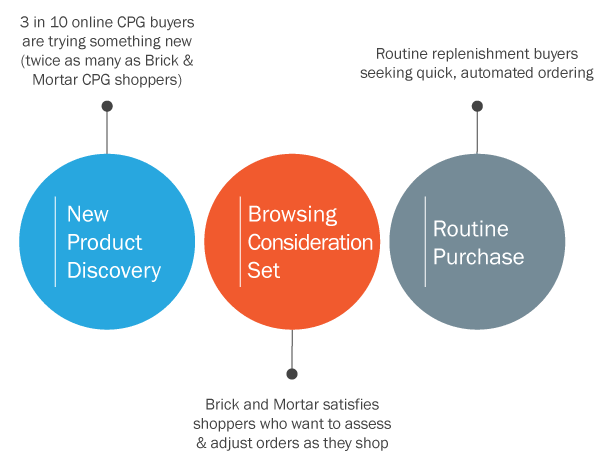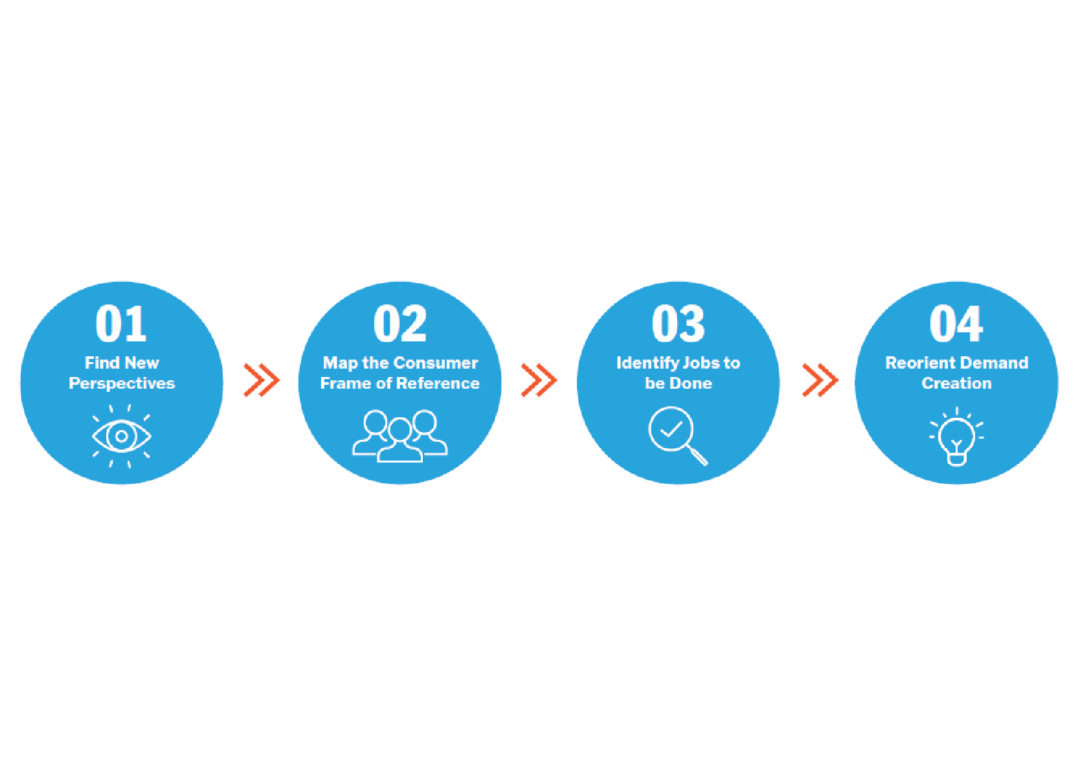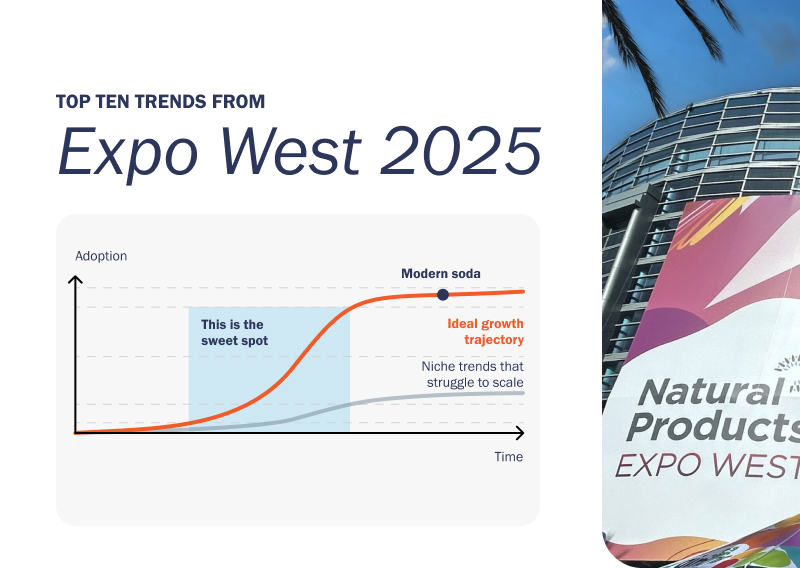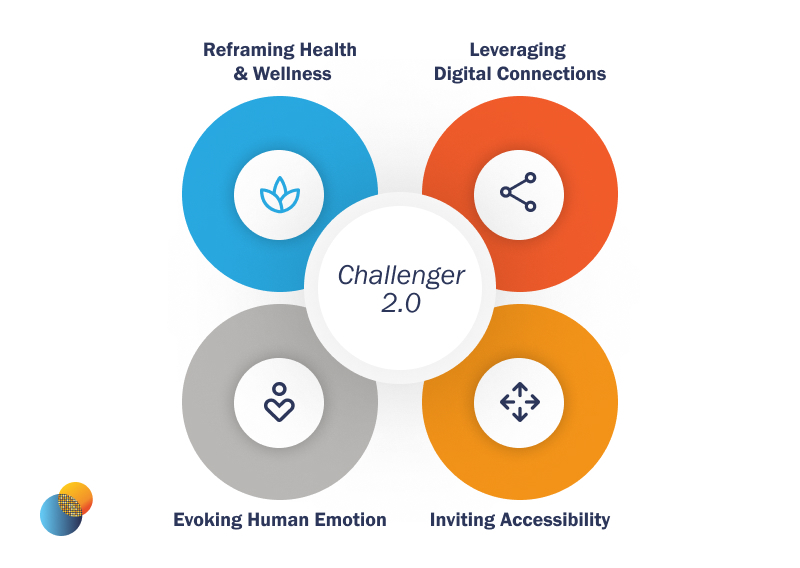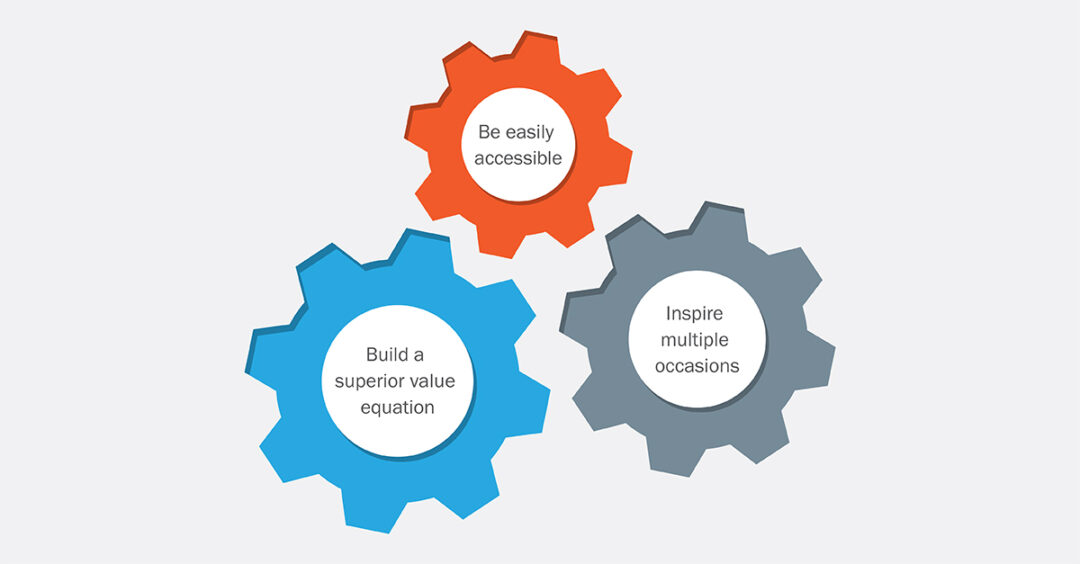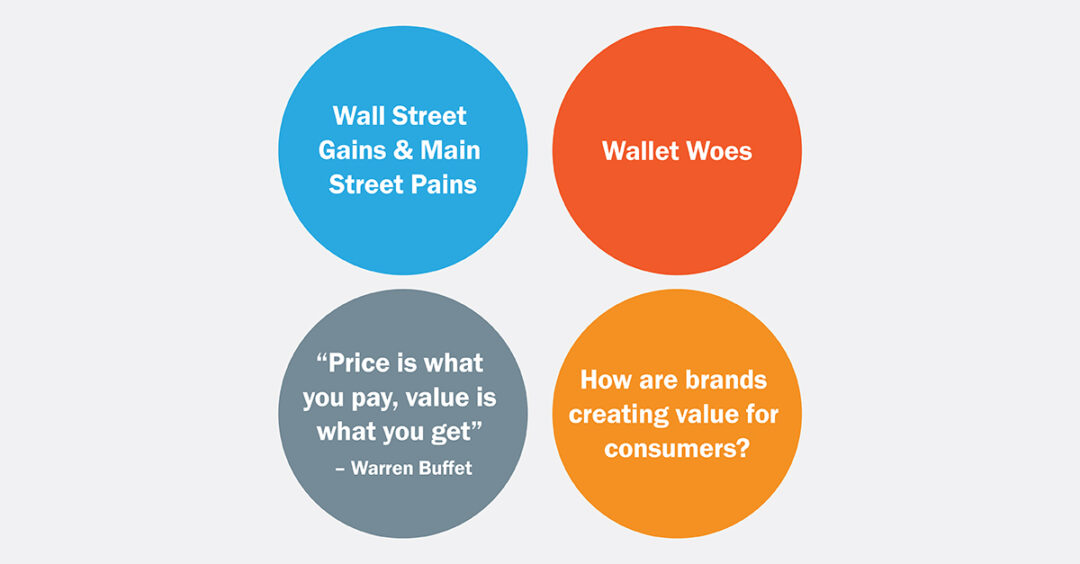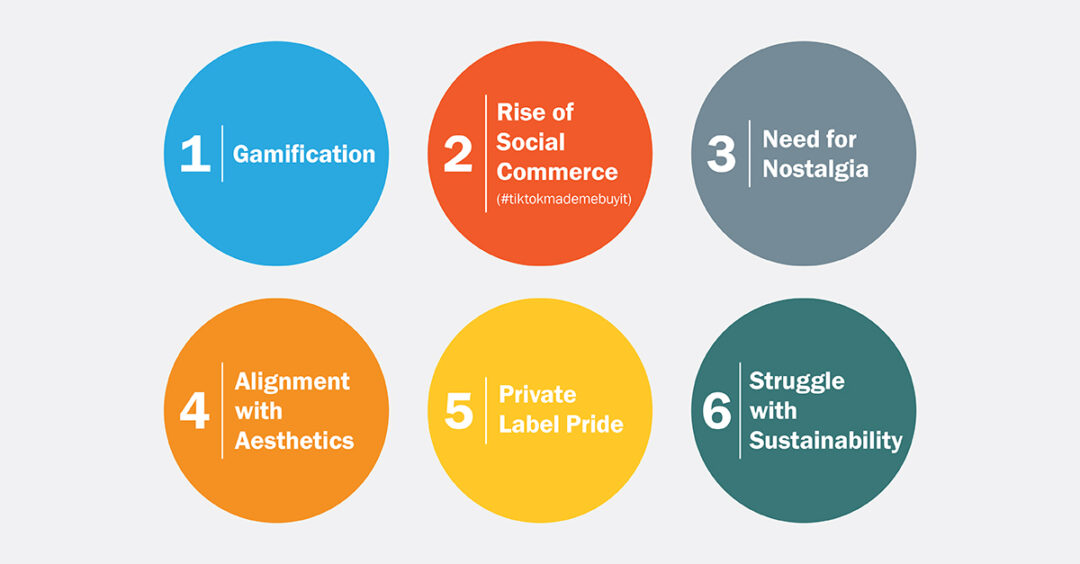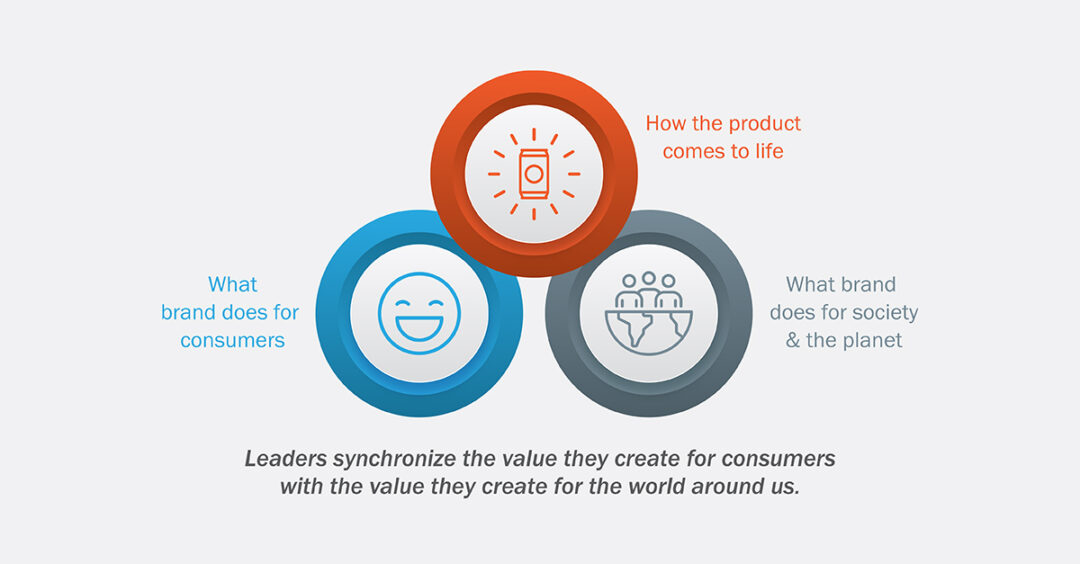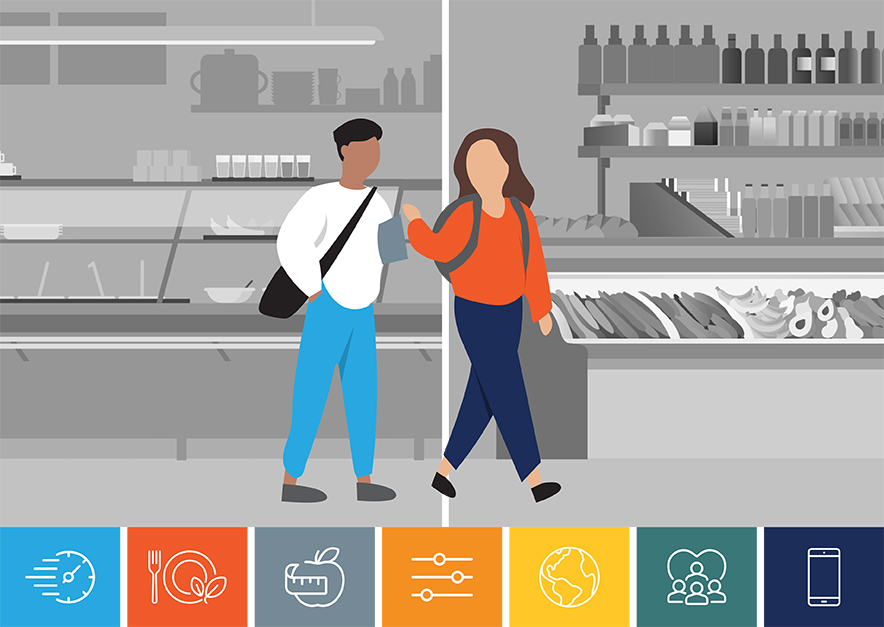Bridging the Omnichannel Divide
Today, the question at hand is how big online retail will become and how to best leverage its growth.
Thanks to technology, new retailer and fulfillment models are emerging every day. The winners in the industry will be those who can look ahead, place smart bets, and proactively lead with omnichannel solutions.
The Omnichannel Divide
Trip Mission
 “I do enjoy grocery shopping. I just like the selections of all the different foods you can buy and all the produce you can find. I like being able to pick up fun things off the shelf and try new types of items.”
“I do enjoy grocery shopping. I just like the selections of all the different foods you can buy and all the produce you can find. I like being able to pick up fun things off the shelf and try new types of items.”
– Shopper
 “Offline, I get to browse a physical store; online is quick and specific.”
“Offline, I get to browse a physical store; online is quick and specific.”
– Shopper
Urgency
 “I use online shopping for items I know very well and can wait for, offline for everything else.”of items.”
“I use online shopping for items I know very well and can wait for, offline for everything else.”of items.”
– Shopper
Product Selection
 “With online shopping you have to trust the quality of the goods you’re buying based on the merchants’ reviews versus offline shopping where you can actually see the quality of the goods you’re buying.”
“With online shopping you have to trust the quality of the goods you’re buying based on the merchants’ reviews versus offline shopping where you can actually see the quality of the goods you’re buying.”
– Shopper
 “Going to a physical store lets me choose the items I want myself.”
“Going to a physical store lets me choose the items I want myself.”
– Shopper
Strategies to Succeed
Identify what matters to your brands’ buyers & your key retailers’ shoppers
Define ecommerce and brick & mortar strategies and integrate to build omni-channel
Choose The Right Omnichannel Partners & Structure To Collaborate
Conclusion
The omnichannel landscape will continue to evolve as brick & mortar and ecommerce retailers adjust their strategies to best meet shoppers’ needs for urgency, product exploration, and product selection.
Study Methodology
Our work consisted of two phases of in-depth research:

